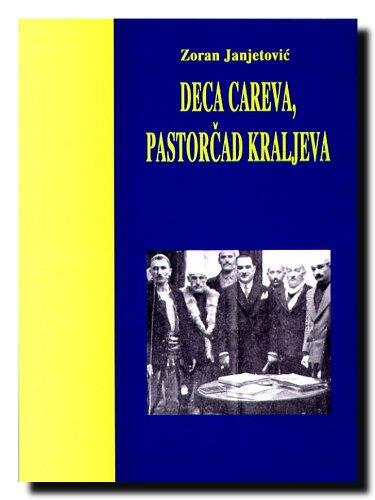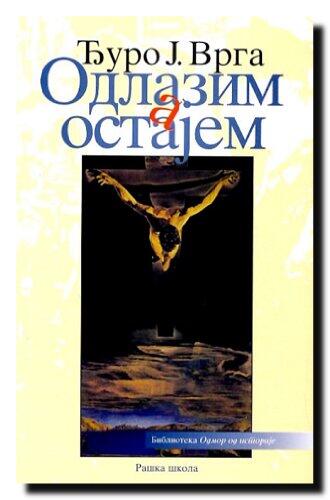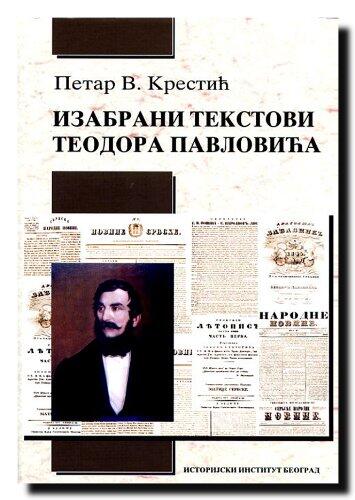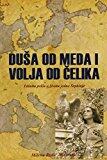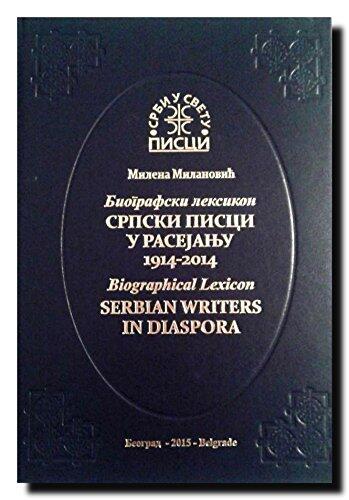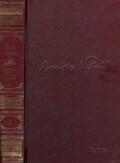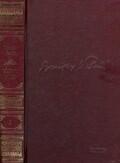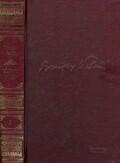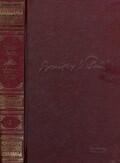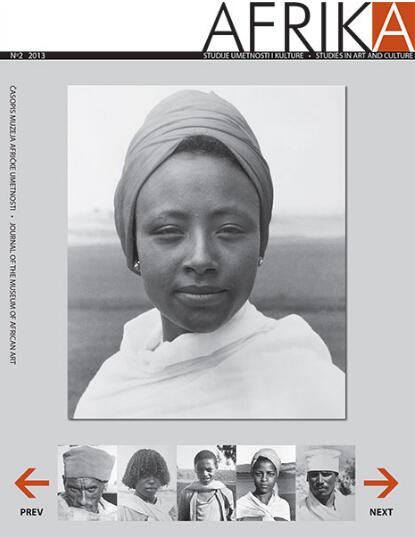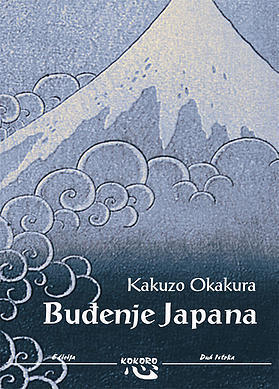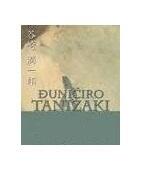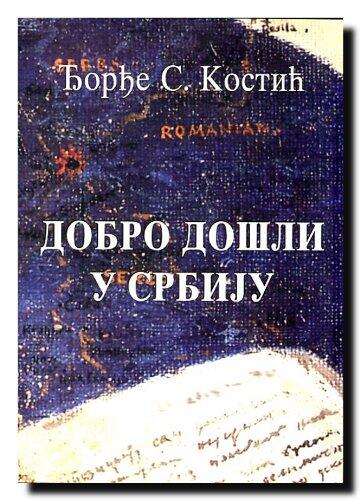
Dobro dosli u Srbiju : Kraljevina Srbija u nemackim vodicima za putnike : 1892-1914
توسط
Đorđe S. Kostić
هنوز رتبهبندی نشده است
History
Travel
فرمت
جلد نرم
صفحات
176
زبان
صربی
منتشر شده
Jan 1, 2006
ناشر
Evoluta Beograd
نسخه
Biblioteka Hipatija
ISBN-10
8685957117
ISBN-13
9788685957116
توضیحات
This fascinating exploration delves into the rich tapestry of early 20th-century travel literature, focusing on the Kingdom of Serbia as depicted by German guidebooks from 1892 to 1914. Through meticulous research, the author unwraps the historical context and cultural perceptions that German travelers carried with them when they ventured into the Balkans. Kostić unveils not only the geography and landmarks of Serbia during this period but also the evolving dynamics of international relations that shaped the narrative of travel.
The book provides insight into how these guidebooks portrayed Serbia to an audience eager to understand a region often shrouded in mystery. Readers can expect to find a blend of descriptive accounts, revealing the landscapes, traditions, and hospitality of the Serbian people, all presented through the lens of foreign perspectives. Each chapter carefully navigates through the assumptions and impressions held by travelers, contrasting their expectations with the realities they encountered.
With a thorough bibliographical section, Kostić draws attention to the importance of these historical texts in understanding both Serbian and European identities. By analyzing the content of these guidebooks, he emphasizes how travel writing can serve as a mirror reflecting societal views and biases of the era. The author effectively connects the past to the present, illuminating the significance of these narratives in contemporary discussions about identity and cultural exchange.
Overall, this work stands as a significant contribution to the fields of history, tourism studies, and cultural analysis, inviting readers to appreciate the intricate relationships forged through travel and the enduring impact these early impressions had on perceptions of Serbia in the Western world.
The book provides insight into how these guidebooks portrayed Serbia to an audience eager to understand a region often shrouded in mystery. Readers can expect to find a blend of descriptive accounts, revealing the landscapes, traditions, and hospitality of the Serbian people, all presented through the lens of foreign perspectives. Each chapter carefully navigates through the assumptions and impressions held by travelers, contrasting their expectations with the realities they encountered.
With a thorough bibliographical section, Kostić draws attention to the importance of these historical texts in understanding both Serbian and European identities. By analyzing the content of these guidebooks, he emphasizes how travel writing can serve as a mirror reflecting societal views and biases of the era. The author effectively connects the past to the present, illuminating the significance of these narratives in contemporary discussions about identity and cultural exchange.
Overall, this work stands as a significant contribution to the fields of history, tourism studies, and cultural analysis, inviting readers to appreciate the intricate relationships forged through travel and the enduring impact these early impressions had on perceptions of Serbia in the Western world.
نقدها
هنوز نظری ثبت نشده است
اولین نفری باشید که این کتاب را نقد کرده و نظرات خود را به اشتراک میگذارید
اولین نقد را اضافه کنیدسابقه خواندن
گزارشهای خواندنی یافت نشد
برای مشاهده گزارشها در اینجا، شروع به ردیابی پیشرفت خواندن خود کنید
اضافه کردن اولین سابقه خواندن شمایادداشتها
گزارش تراکنشها
هیچ گزارش تراکنشی یافت نشد
برای مشاهده گزارشها در اینجا، شروع به ردیابی معاملات کتاب خود کنید
اضافه کردن اولین سابقه تراکنش شما
